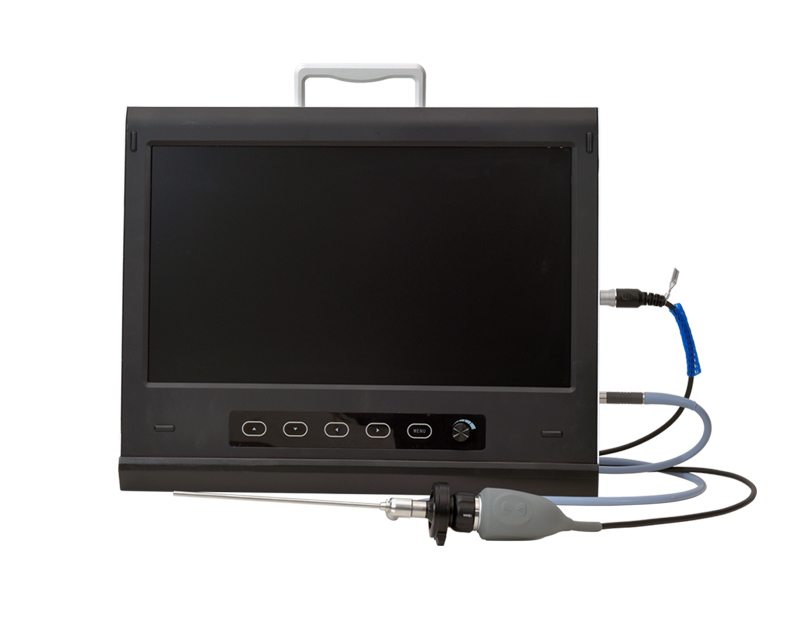What is endoscopy?
Endoscopy is the use of specialized video cameras to evaluate areas within the body in a minimally invasive manner. In most instances, endoscopy is performed for diagnostic purposes allowing visualization and sampling of abnormalities. However, endoscopy can also be used for therapeutic purposes as well, termed interventional endoscopy.
What diseases are diagnosed with an endoscopic examination?
The endoscope allows full color viewing of the esophagus, stomach and the upper part of the small intestine or the colon.
The examiner can identify abnormalities such as inflammation, abnormal swelling, or areas of scarring or stricture (abnormal narrowing). If a foreign body such as a bone, stick, rock, toy, coin, or hairball is seen, it can usually be seen and retrieved.
What types of endoscopy procedures can be done?
Respiratory tract endoscopy (rhinoscopy, tracheoscopy, bronchoscopy)
Upper GI tract endoscopy (esophagoscopy, gastroscopy, duodenoscopy)
Lower GI tract endoscopy (colonoscopy, ileoscopy)
Urinary and genital tract endoscopy (cystoscopy, urethroscopy, vaginoscopy)
Abdominal endoscopy (laparoscopy)
Can cancer be diagnosed with endoscopy?
In many cases your veterinarian can diagnose cancer of the gastrointestinal tract using the endoscope. However, some tumors do not affect the mucosa or inner lining of the stomach or colon. Since the biopsy procedure only samples the mucosa it is possible to miss detecting a tumor that involves only the deeper layers of the intestinal tract. In these unusual cases, the biopsy results are normal yet the dog continues to experience clinical signs. In order to reach a diagnosis in these cases, full-thickness biopsies obtained through an exploratory surgery, (exploratory laparotomy) or non-invasive tests such as an MRI (Magnetic Resonance Imaging) may be required.
